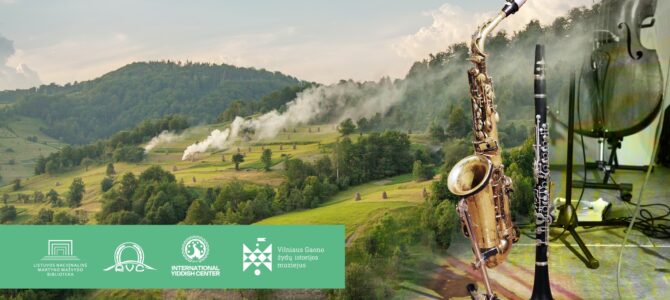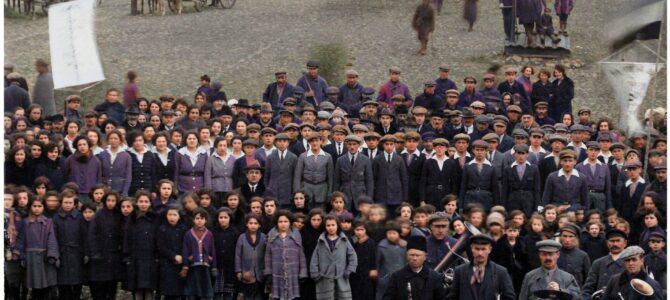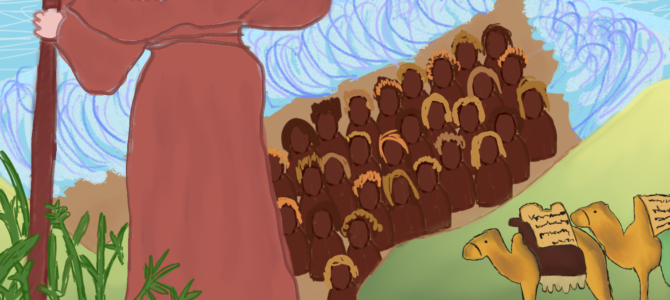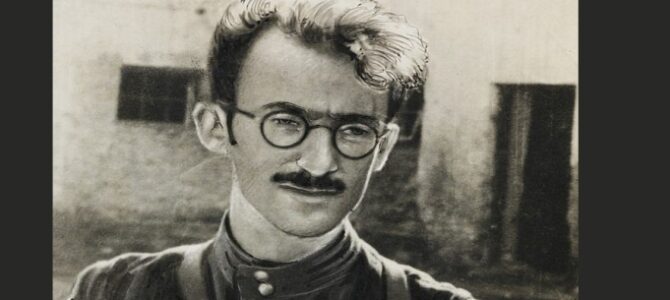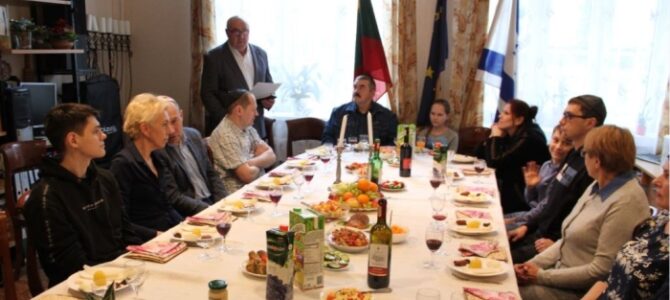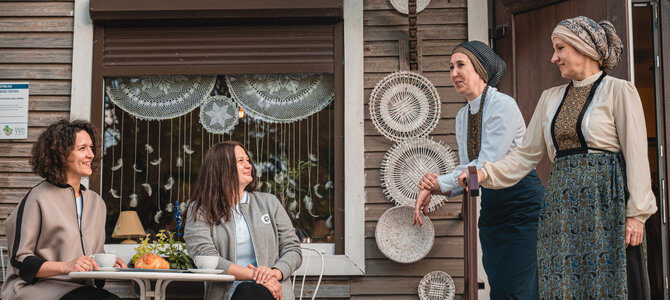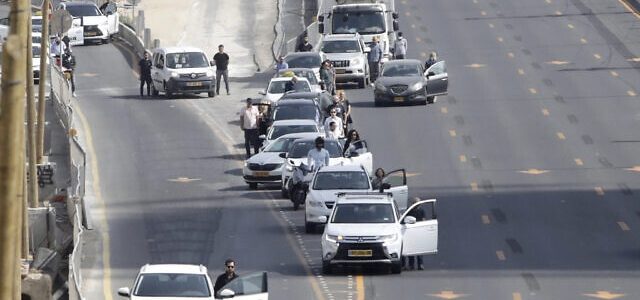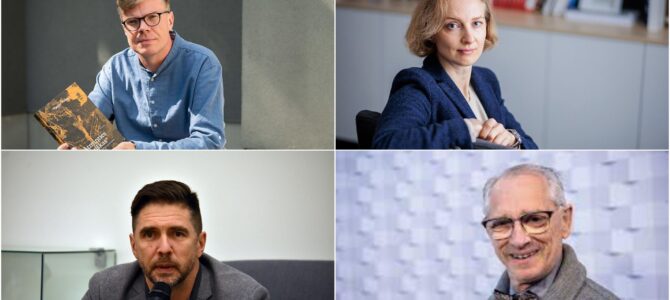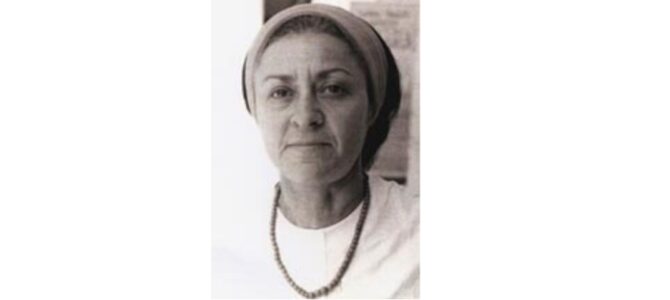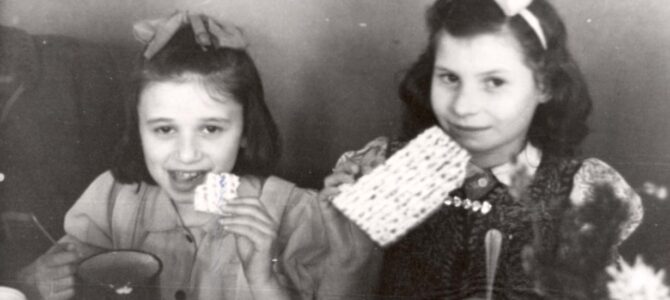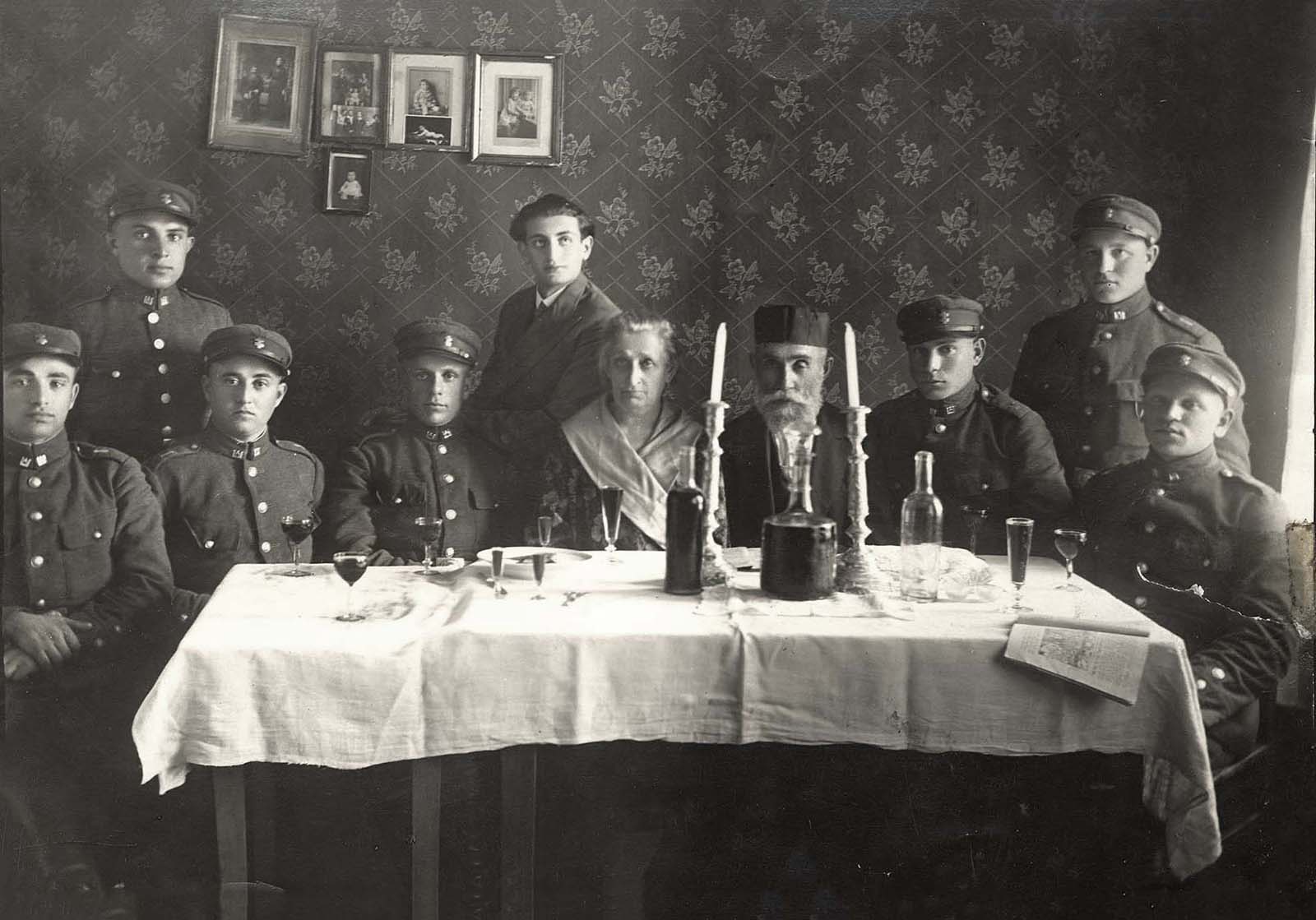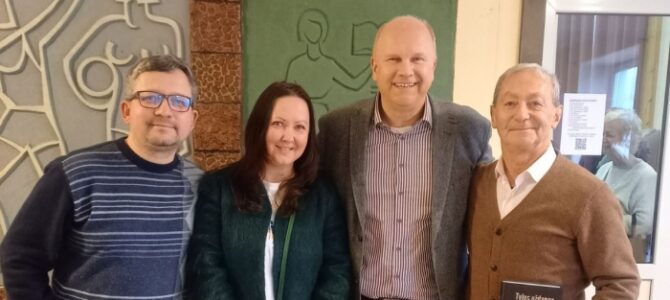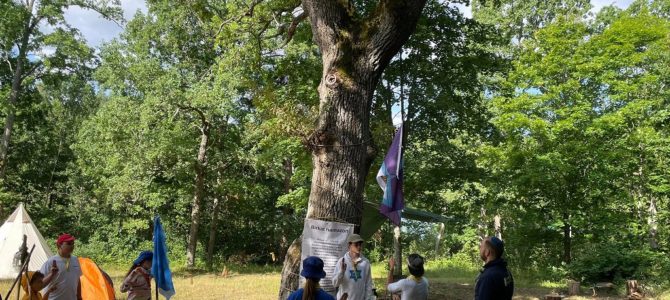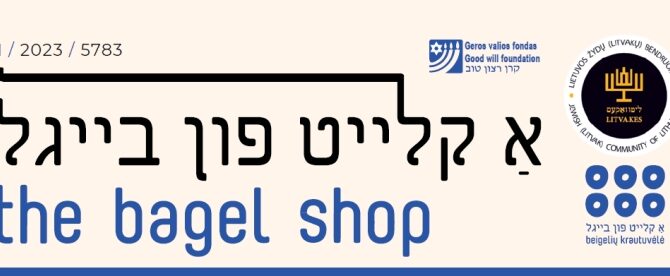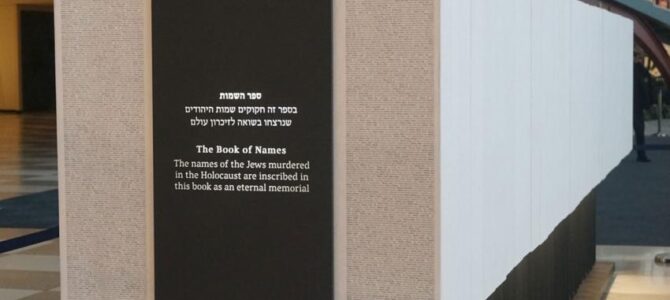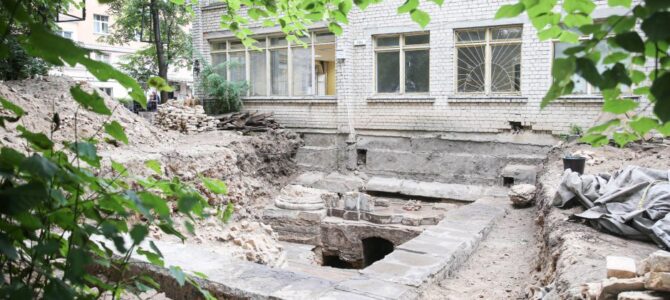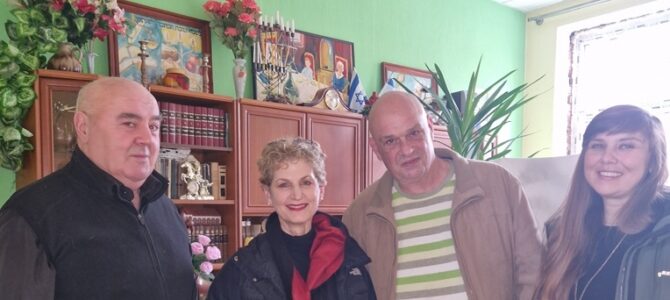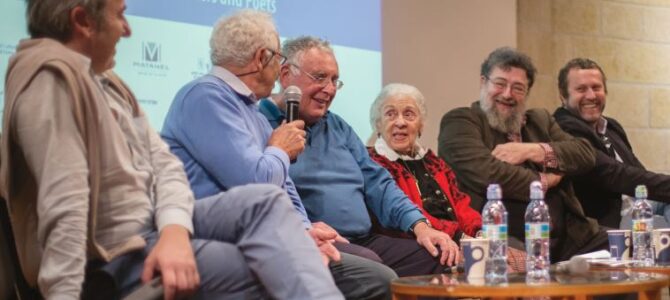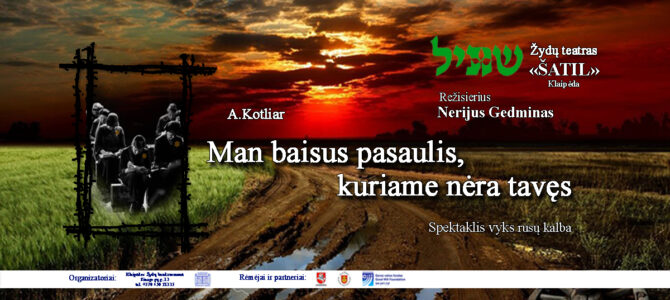The Judaica Research Center at the Martynas Mažvydas Lithuanian National Library, the Vilna Gaon Jewish History Museum and Roma Social Center present their “mini klez-fest” which includes live music and a lecture on klezmer music.
The event will take place at the Tolerance Center of the Vilna Gaon Museum at 6:00 P.M. on Sunday, April 30. The performers decided to call their hour-long concert “From Vizhnitz to Vilne: Klezmer Music from the Carpathians and Beyond.” The program is composed of songs selected by Jewish music researcher, ethnographer and artist-in-residence in the Jewish Studies Program at San Diego State University Yale Strom, recorded during ethnographic field work and which were once performed from the Carpathian Mountains to Jonava in Lithuania and locations inside Belarus. Yale Strom currently teaches music at San Diego State.
The lecture component by Strom will take part on at 6:00 P.M. on Wednesday, May 3, at the National Library in Vilnius. It is called “Relationship between Romani and Jewish Musicians before World War II: How and Why?”


